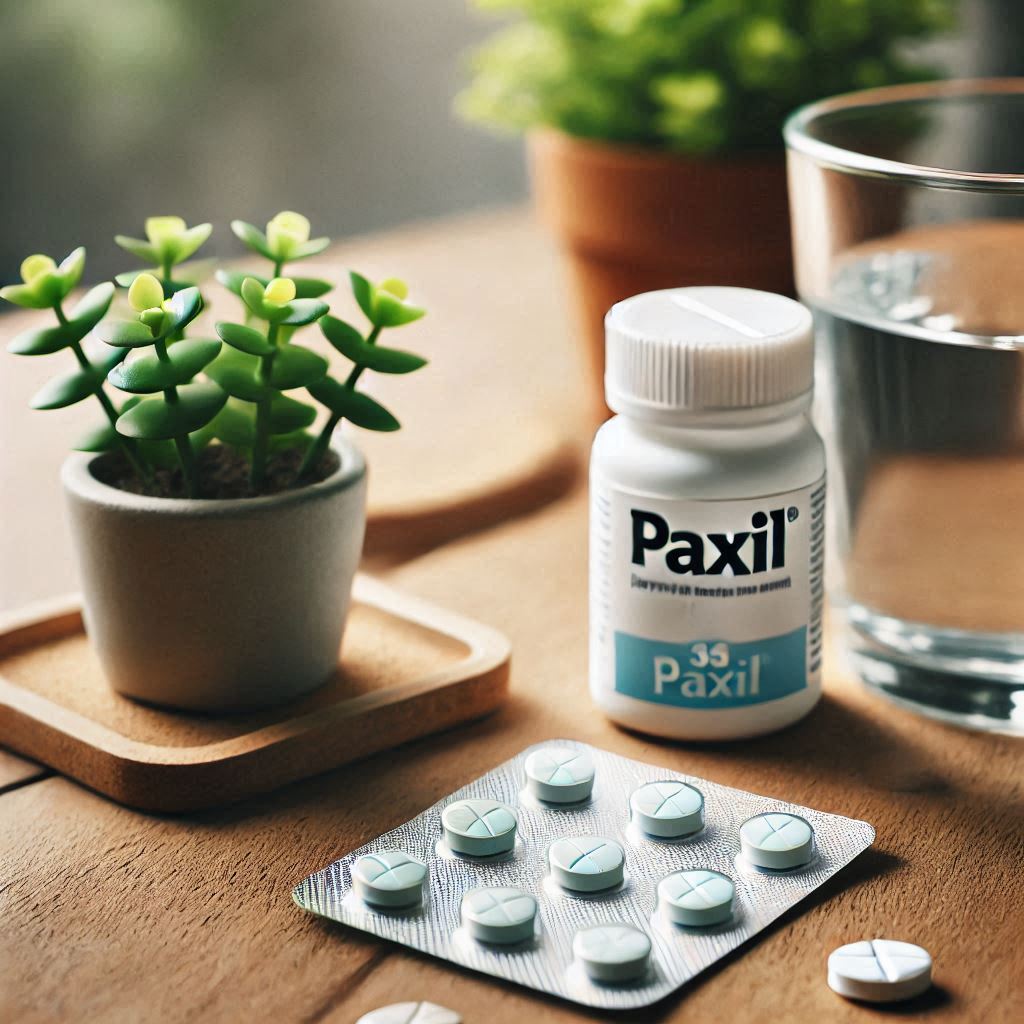Buy Paxil Online: A Guide to Understanding and Using Paxil Safely
What is Paxil? Paxil belongs to a class of drugs called selective serotonin reuptake inhibitors (SSRIs). It works by increasing the levels of serotonin, a chemical in the brain that helps regulate mood. This makes Paxil effective for treating:
- Depression;
- Generalized anxiety disorder (GAD);
- Panic disorder;
- Social anxiety disorder;
- Post-traumatic stress disorder (PTSD);
- Obsessive-compulsive disorder (OCD);
How Does Paxil Work?
Paxil helps balance serotonin levels in the brain. Serotonin is often called the "feel-good" chemical because it contributes to feelings of well-being and happiness. When serotonin levels are low, it can lead to mood disorders like depression and anxiety.
By preventing serotonin from being reabsorbed too quickly, Paxil ensures that more serotonin is available in the brain. This helps improve mood, reduce anxiety, and alleviate other symptoms of mental health conditions.
Why Buy Paxil Online?
Buying Paxil online can be a convenient option for those who have a prescription but prefer the ease of home delivery. It’s also helpful for people who may not have easy access to a local pharmacy.
When buying Paxil online:
- Choose a licensed and reputable online pharmacy.
- Ensure the website requires a valid prescription.
- Check for customer reviews and verify the pharmacy’s credentials.
- Avoid websites that sell Paxil without a prescription, as this can be unsafe and illegal.
Dosage and Instructions
Paxil is available in different strengths, including 10 mg, 20 mg, 30 mg, and 40 mg tablets. The dosage depends on the condition being treated and your doctor’s recommendations.
- Take Paxil exactly as prescribed by your doctor.
- It’s usually taken once daily, with or without food.
- Do not stop taking Paxil suddenly, as this can cause withdrawal symptoms.
- If you miss a dose, take it as soon as you remember. If it’s almost time for your next dose, skip the missed dose and continue with your regular schedule.
Side Effects of Paxil
Like all medications, Paxil can cause side effects. Common side effects include:
- Nausea;
- Drowsiness;
- Dizziness;
- Dry mouth;
- Sweating;
- Weight changes;
Most side effects are mild and improve as your body adjusts to the medication. However, if you experience severe side effects like suicidal thoughts, unusual bleeding, or allergic reactions, contact your doctor immediately.
Precautions Before Taking Paxil
Before starting Paxil, inform your doctor if you:
- Have a history of allergic reactions to SSRIs.
- Are taking other medications, especially MAO inhibitors or blood thinners.
- Have liver or kidney problems.
- Are pregnant, planning to become pregnant, or breastfeeding.
Paxil may not be suitable for everyone, so it’s important to discuss your medical history with your doctor.
Where to Buy Paxil Online Safely
If you’re looking to buy Paxil online, make sure to choose a trusted pharmacy. Look for websites that:
- Require a valid prescription.
- Offer FDA-approved medications.
- Provide clear contact information and customer support.
Avoid websites that sell Paxil without a prescription or at unusually low prices, as these may be counterfeit or unsafe.
Conclusion
Paxil is an effective medication for treating depression, anxiety, and other mental health conditions. Buying Paxil online can be convenient, but it’s essential to do so safely. Always purchase from a reputable source and follow your doctor’s instructions.
If you have any questions or concerns about using Paxil, consult a healthcare professional before starting treatment.








